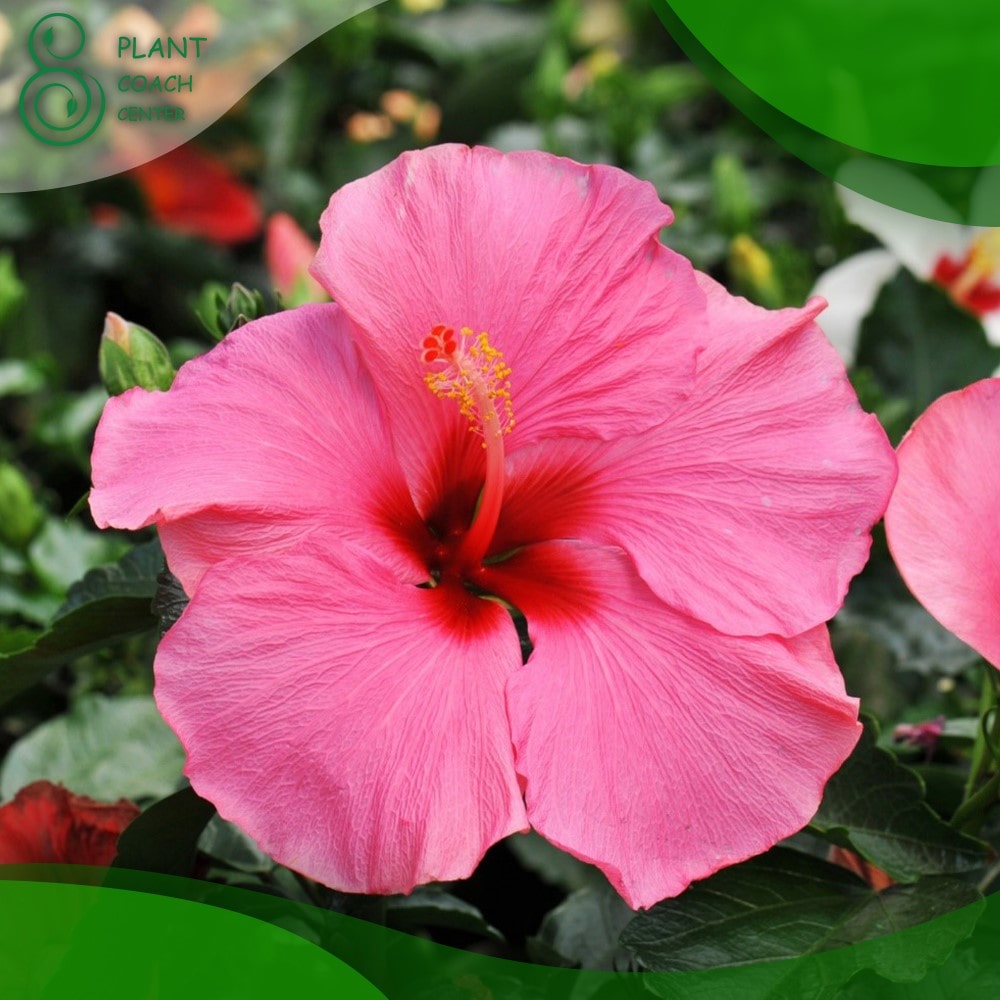Introduction to When to Prune Hibiscus in Florida
Welcome to the world of hibiscus plants, where timing can make all the difference in the Sunshine State. These vibrant, tropical beauties are a common sight in Florida, gracing gardens and landscapes with their captivating blooms. But there’s a secret to keeping your hibiscus thriving: knowing exactly when to prune them. Pruning isn’t just about aesthetics; it’s a key factor in the health and vitality of your hibiscus, and in the Florida climate, timing plays a starring role.
In this article of plantcoachcenter.com , we’ll explore the delicate dance between hibiscus and the Florida weather, uncovering the optimal moments to trim those branches and why it matters. So, if you’re ready to unlock the secrets of when to prune hibiscus in Florida, let’s dive in!
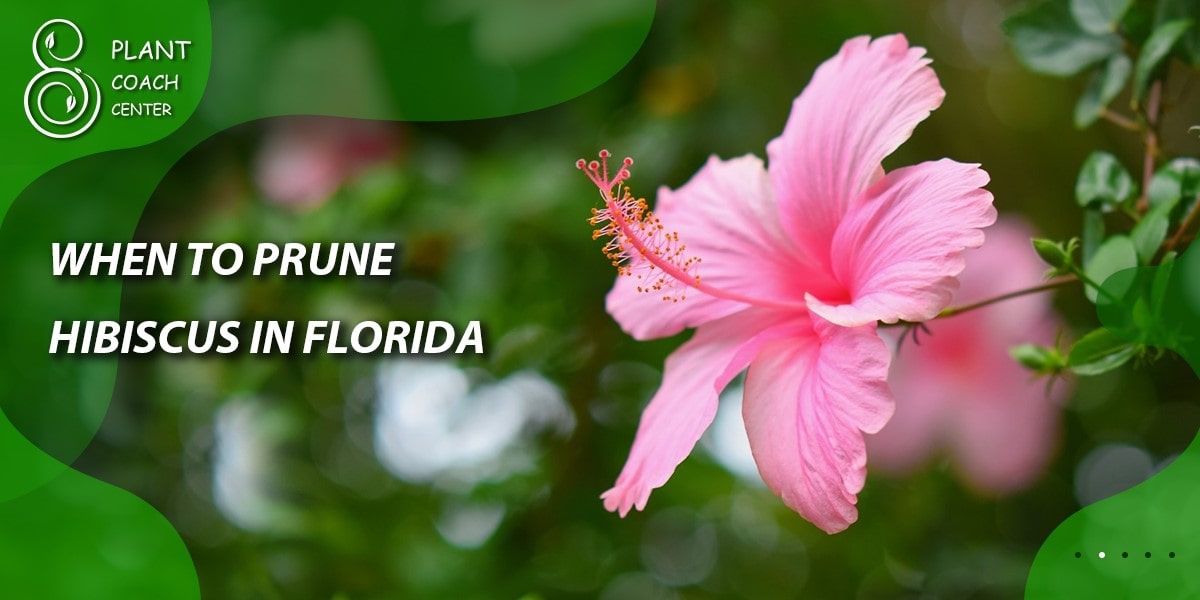
The Unique Florida Climate
Overview of Florida’s Climate
Florida, often dubbed the “Sunshine State,” boasts a climate that’s the envy of many. Its subtropical and tropical regions are synonymous with warm temperatures, high humidity, and, of course, plenty of sunshine. However, this seemingly idyllic climate isn’t without its nuances, especially when it comes to cultivating hibiscus.
How Florida’s Climate Impacts Hibiscus Growth and Pruning Schedules
The relationship between hibiscus and Florida’s climate is more intricate than it may appear at first glance. Here’s a closer look at how the Sunshine State’s weather conditions influence hibiscus growth and, consequently, the timing of pruning:
Warm Winters: Florida’s mild winters allow hibiscus to continue growing throughout the year. This means that the plant doesn’t undergo a complete dormancy period like it would in colder regions. As a result, the traditional winter pruning, common in many other locations, may not be suitable here.
Persistent Heat: Florida’s summer heat can be relentless, and hibiscus is well-acquainted with it. In this climate, hibiscus tends to keep flowering year-round, making it essential to time pruning carefully to avoid interrupting the blooming cycle.
High Humidity: The high humidity levels in Florida can lead to fungal diseases and promote the growth of pests. Pruning at the wrong time can leave your hibiscus vulnerable to these issues.
Rainy Summers: Florida experiences frequent summer rainfall, which can be both a boon and a bane for hibiscus. While the moisture is generally appreciated, it can also create conditions favorable for diseases. Pruning during the wettest periods should be avoided.
Hurricane Season: Florida’s hurricane season, typically running from June to November, poses a unique challenge for hibiscus enthusiasts. Pruning during this period is not only risky due to high winds but also counterproductive since the plant may need to redirect energy to repair damaged branches.
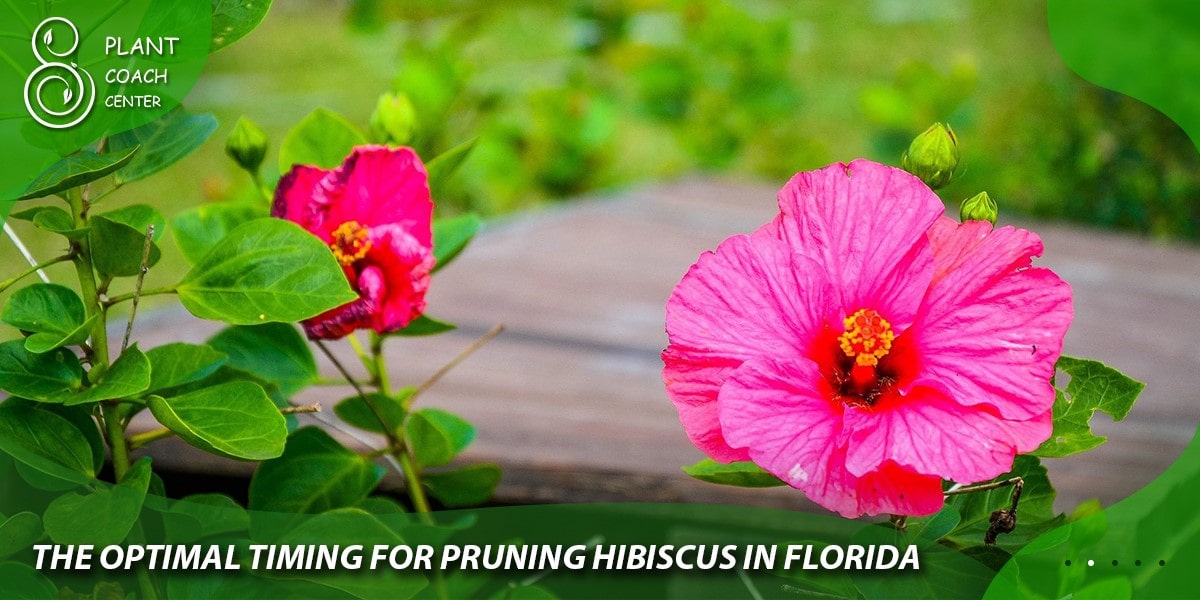
In essence, understanding the interplay between Florida’s climate and hibiscus growth is fundamental to determining the best time for pruning. It’s a delicate balance between harnessing the favorable aspects of the climate and mitigating the challenges it presents to ensure your hibiscus thrives in the Sunshine State.
The Optimal Timing for Pruning Hibiscus in Florida
Spring Pruning in Florida
Why Spring is the Ideal Time:
In the intricate dance between hibiscus and Florida’s climate, spring emerges as the prime moment for pruning. Here’s a closer look at why:
- Seasonal Rejuvenation: Spring signifies a fresh start for hibiscus. As temperatures rise and daylight hours increase, these plants shake off the lethargy of winter and prepare for a period of robust growth. Pruning during this rejuvenation phase harnesses the plant’s natural vitality, allowing it to channel energy into new shoots and vibrant blooms.
- Optimal Weather Conditions: Spring in Florida brings the perfect blend of warmth and moisture. This harmonious climate fosters quicker healing of pruning wounds and reduces the risk of disease transmission, ensuring your hibiscus remains in excellent health.
Benefits of Pruning Hibiscus in Early Spring in Florida:
Stimulated Growth: Early spring pruning jumpstarts the hibiscus’s growth engine. By removing old, tired branches and spent flowers, you encourage the plant to allocate its resources to fresh growth, resulting in a fuller and more vigorous appearance.
Shape and Size Control: Spring is an opportune time to sculpt your hibiscus into your desired shape and size. Whether you aim for a compact, bushy appearance or a more open and airy structure, pruning now allows you to fine-tune its aesthetics.
Disease Prevention: Spring pruning enables you to identify and remove any lingering winter damage or signs of disease. Prompt intervention helps prevent the spread of issues and ensures a healthier hibiscus for the growing season ahead.
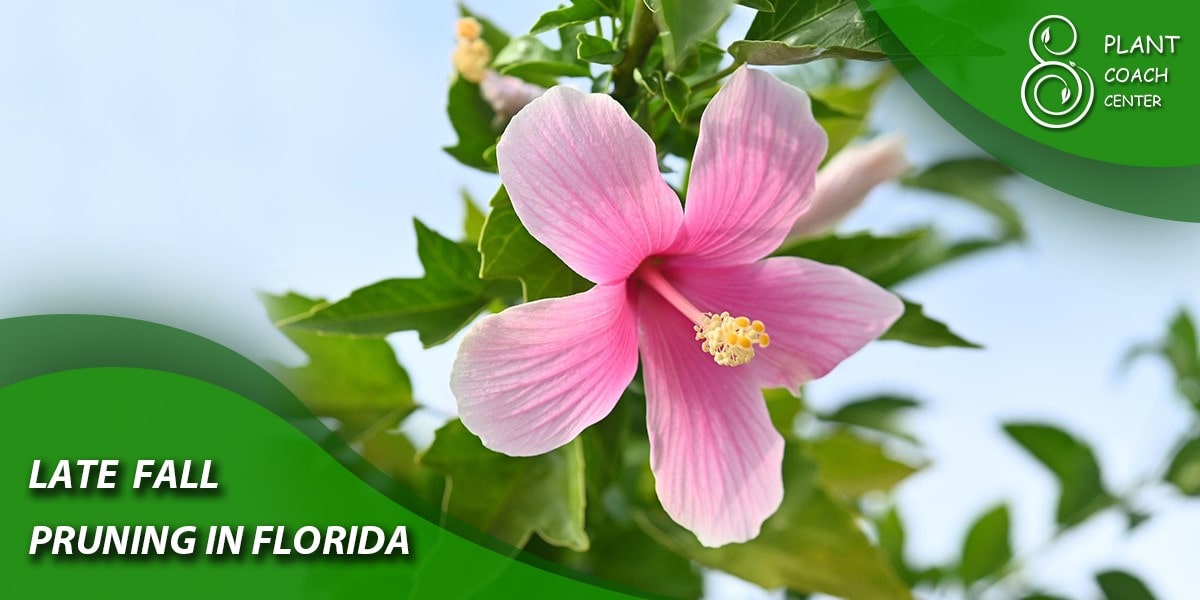
Late Fall Pruning in Florida
Advantages of Late Fall Pruning:
Late fall pruning, typically conducted in November or early December, plays a unique role in Florida’s hibiscus care:
- Pre-Winter Prep: As the Florida climate experiences subtle shifts toward cooler temperatures, late fall pruning helps your hibiscus prepare for winter. By removing dead or weak growth, you reduce the plant’s energy expenditure during the cooler months, promoting resilience.
- Encourages Spring Growth: Trimming away spent blooms and tidying up the plant in late fall sets the stage for a burst of new growth when spring arrives. This anticipatory approach helps your hibiscus hit the ground running once the weather warms up.
How Late Fall Pruning Helps Hibiscus Prepare for Winter in Florida:
Late fall pruning isn’t about inducing dormancy, as you would in colder regions. Instead, it’s a thoughtful measure to help your hibiscus acclimate to Florida’s mild winters:
- Resource Conservation: By shedding unnecessary growth, your hibiscus can allocate its resources more efficiently during the winter, conserving energy for the upcoming growing season.
Avoiding Hurricane Season
Risks of Pruning During Hurricane Season in Florida:
Florida’s hurricane season, stretching from June to November, introduces a formidable challenge for hibiscus enthusiasts. Pruning your hibiscus during this period carries several risks:
- Branch Damage: High winds associated with hurricanes can cause severe damage to freshly pruned branches, potentially undoing your efforts and harming the plant.
- Energy Diversion: In the aftermath of a storm, hibiscus may need to divert energy toward repairing storm-related damage rather than focusing on healthy growth and flowering.
Recommendations for Safe Pruning Practices in Hurricane-Prone Florida:
To safeguard your hibiscus during hurricane season:
- Plan Ahead: Schedule pruning well before or after hurricane season to minimize the risk of storm damage.
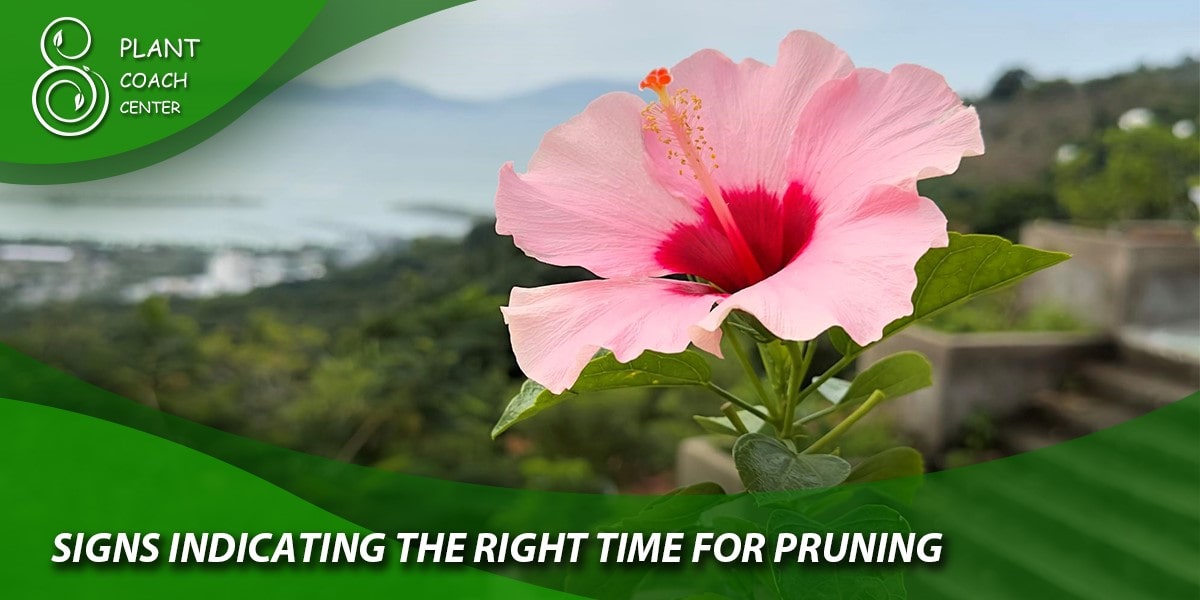
- Secure Loose Branches: If a hurricane is imminent, take precautions to secure any loose or weak branches to reduce the likelihood of wind damage.
- Post-Storm Inspection: After a hurricane passes, carefully inspect your hibiscus for damage and perform any necessary pruning selectively to assist in its recovery.
By aligning your hibiscus pruning with Florida’s seasonal rhythms and considering the risks posed by hurricane season, you can optimize the health and beauty of your hibiscus plants in the Sunshine State with confidence and precision.
Signs Indicating the Right Time for Pruning
Overgrown Appearance Specific to Florida
In the lush and humid landscape of Florida, hibiscus has a knack for exuberant growth. Recognizing when your hibiscus has become overgrown is crucial to determine the right time for pruning:
Signs of Overgrowth:
Crowded Appearance: Hibiscus bushes can become densely packed, with branches intertwining and obstructing airflow and sunlight. This overcrowding can lead to a stifled, unkempt look.
Difficulty in Maintenance: If you find it challenging to navigate around your hibiscus due to its sprawling branches or if you constantly need to trim it to prevent it from encroaching on other plants, it’s likely time for a trim.
Lack of Air Circulation: Overgrown hibiscus may develop poor air circulation within the canopy, creating an environment conducive to fungal diseases and pest infestations.
Reduced Flowering and Florida’s Role
Hibiscus enthusiasts in Florida often look forward to a profusion of blooms. However, when flowering starts to decline, it’s a clear indicator that your hibiscus may require pruning. Here’s how Florida plays a role in this:
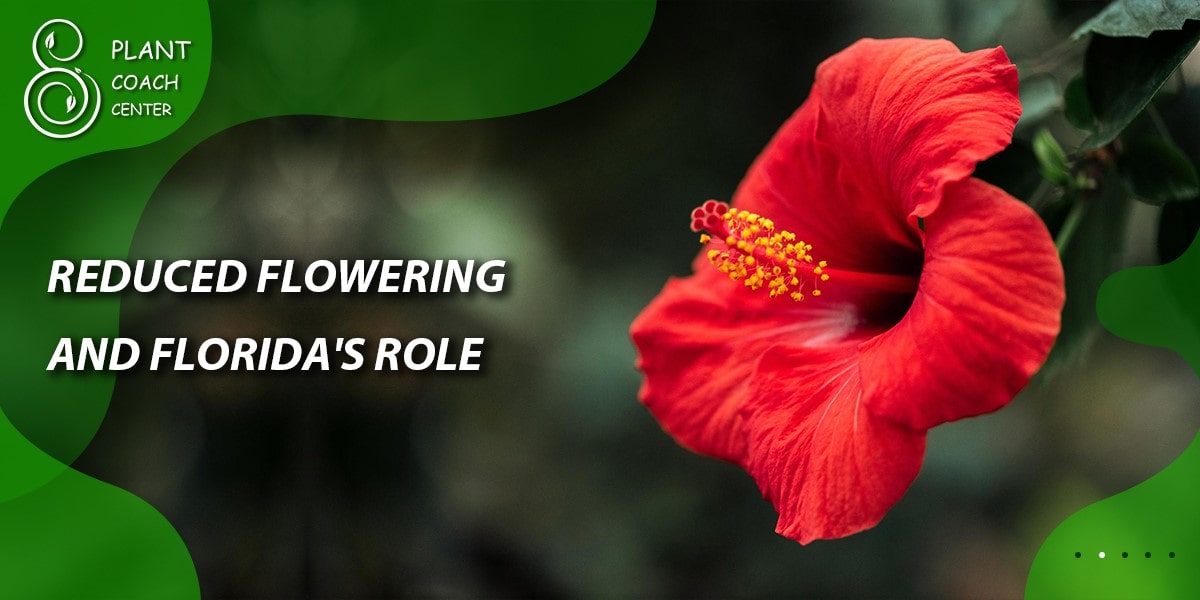
The Florida Connection:
Year-Round Blooms: In Florida’s mild climate, hibiscus can flower throughout the year. However, if you notice a significant reduction in blooms, it may be a sign that the plant’s energy is being diverted to areas that could benefit from pruning.
Seasonal Cycles: Even in Florida, hibiscus can go through natural cycles where they temporarily produce fewer flowers. However, if this lull persists beyond the expected timeframe, it’s worth considering pruning to rejuvenate the plant.
Pest Infestations and Diseases Influenced by Florida’s Climate
Florida’s warm and humid climate provides an ideal breeding ground for pests and diseases, and hibiscus is not immune to these challenges. Recognizing signs of infestations and diseases is crucial:
Florida’s Influence:
Pest Infestations: Insects like aphids, whiteflies, and spider mites thrive in Florida’s climate. If you observe a sudden invasion or consistent damage to your hibiscus, it may be a sign that pruning is needed to remove affected areas and disrupt pest cycles.
Fungal Diseases: Florida’s high humidity levels can create conditions favorable for fungal diseases like powdery mildew and black spot. If you notice unusual spots, discoloration, or powdery residue on the leaves, pruning affected portions can prevent further spread.
Leggy Growth and Weak Branches in the Florida Context
Hibiscus in Florida can sometimes exhibit leggy growth and develop weak, spindly branches. These signs indicate the right time for pruning:
Leggy Growth and Weak Branches:
Tall, Thin Stems: Leggy growth results in tall, thin stems that lack foliage lower down, making the plant top-heavy and prone to bending or breaking in strong Florida winds.
Weak Branch Attachments: Weak branches often have poorly attached connections to the main stem. In Florida’s unpredictable weather, these branches are more susceptible to damage and should be pruned to strengthen the overall structure.
Understanding these distinctive signs specific to Florida’s hibiscus care allows you to pinpoint the optimal moment for pruning, ensuring your plants remain healthy and visually appealing in the Sunshine State’s unique climate.
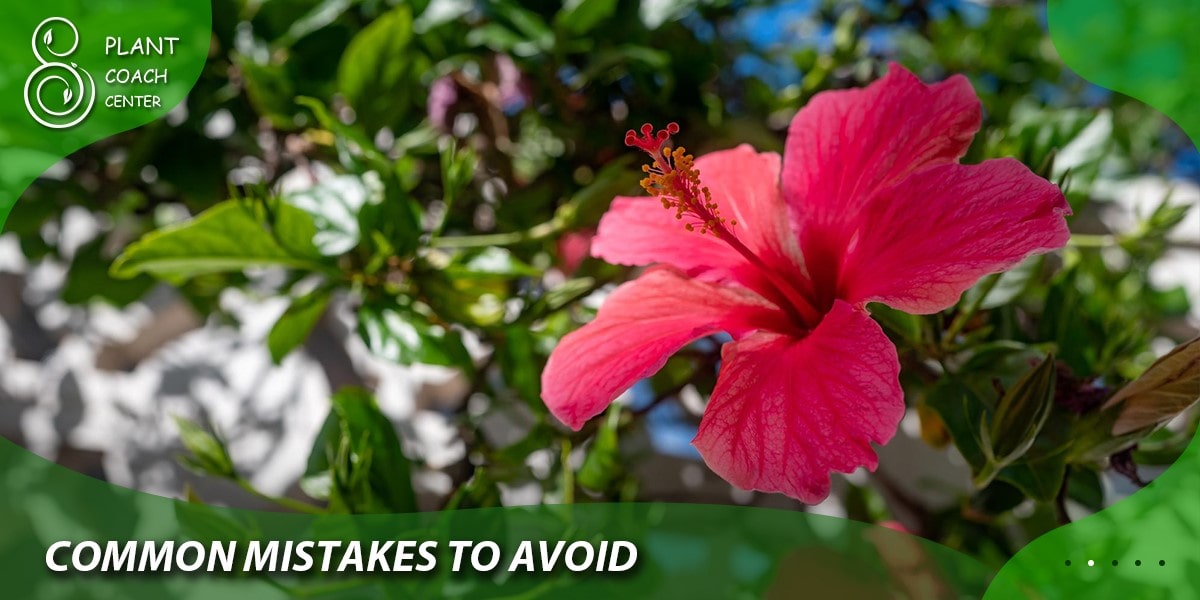
Common Mistakes to Avoid
Pruning Too Late in the Season
The Error: Delaying the pruning of your hibiscus until the summer or late fall in Florida can disrupt the plant’s natural growth cycle. Late pruning may lead to reduced flowering and vigor.
The Solution: Stick to recommended pruning windows for Florida, which are early spring and late fall. Pruning during these periods allows your hibiscus to rejuvenate without interrupting its growth rhythm.
Over-Pruning and Excessive Removal
The Error: Some gardeners, in their enthusiasm, prune too much of the hibiscus in one go, causing shock to the plant and hindering its recovery.
The Solution: Practice restraint during pruning. Focus on removing dead, damaged, or overgrown branches. Following the “less is more” principle allows the plant to retain its vitality while achieving your desired shape gradually.
Neglecting Post-Pruning Care
The Error: Pruning is just one part of the process. Neglecting the care your hibiscus needs after pruning can diminish its overall health and vigor.
The Solution: After pruning, provide appropriate post-pruning care. This includes regular watering, balanced fertilization, and monitoring for new growth. Adequate care ensures that your hibiscus recovers swiftly and thrives.
Pruning During Hurricane Season
The Error: Timing pruning during Florida’s hurricane season is a recipe for disaster. High winds and storm damage can undo your pruning efforts and stress the plant.
The Solution: Plan your pruning activities well in advance of hurricane season or after it has passed. This minimizes the risk of wind damage and allows your hibiscus to focus on recovery rather than bracing for a storm.
Ignoring Signs of Hibiscus Distress
The Error: Failing to recognize the signs indicating that your hibiscus needs pruning can lead to missed opportunities for rejuvenation.
The Solution: Regularly inspect your hibiscus for signs of distress, such as overgrowth, reduced flowering, pest infestations, disease, and leggy growth. Address these issues promptly by pruning at the appropriate time, tailored to the specific problem.
Pruning Without Considering Local Climate Variations
The Error: Assuming that Florida’s climate is uniform can lead to choosing the wrong pruning time, especially in regions with microclimates.
The Solution: Consider local climate variations within Florida. Coastal areas might experience milder winters than inland locations. Tailor your pruning schedule to your specific climate zone within Florida for the best results.
By steering clear of these common mistakes when deciding on the pruning time for your hibiscus in Florida and implementing the suggested solutions, you can ensure that your plants receive the right care at the right time, resulting in healthy, vibrant hibiscus year after year.
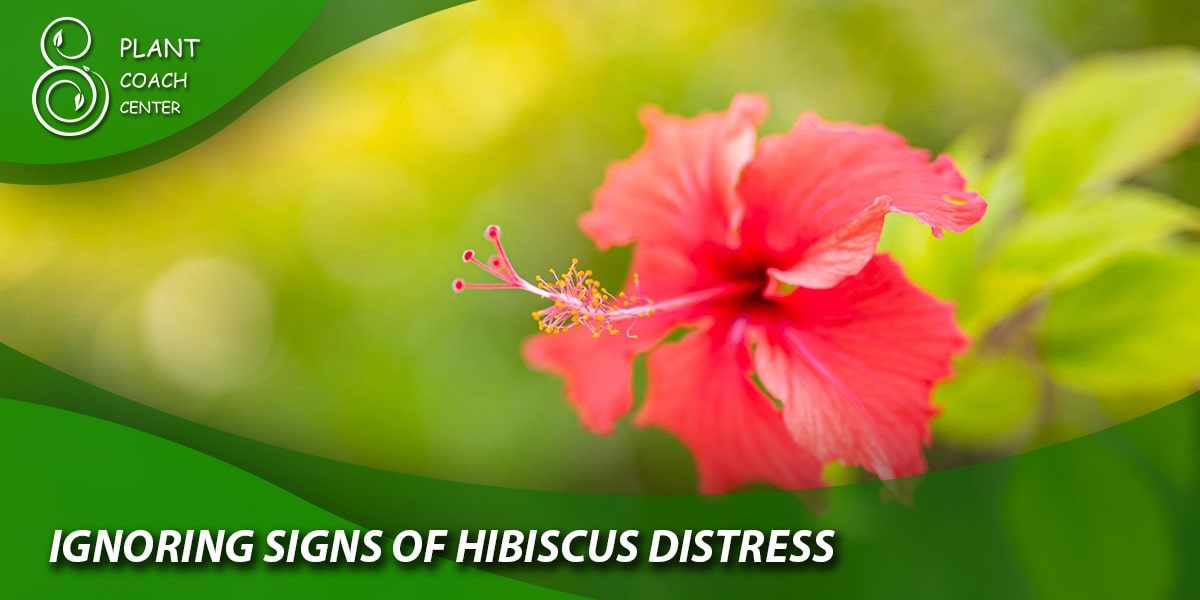
Conclusion
In conclusion, the timing of pruning hibiscus in Florida emerges as a pivotal factor in nurturing these vibrant tropical beauties. As we’ve explored the nuances of Florida’s climate and the signs that signal the right moment for pruning, it becomes clear that timing is not a mere afterthought but a vital aspect of hibiscus care in the Sunshine State.
By avoiding common pruning mistakes, such as pruning too late or overzealously, and by providing post-pruning care, Florida gardeners can unlock the full potential of their hibiscus plants. With each carefully timed trim, they can ensure the health, vitality, and stunning beauty of their hibiscus, enhancing their landscapes and gardens for seasons to come. So, let’s embrace the wisdom of timing and cultivate healthy and vibrant hibiscus plants that truly thrive in Florida’s abundant sunshine.
FAQs
When is the best time to prune hibiscus in Florida?
Early spring or late fall is ideal.
Can I prune hibiscus during hurricane season in Florida?
It's best to avoid pruning during hurricane season to prevent storm damage.
How can I tell if my hibiscus needs pruning?
Look for signs like overgrowth, reduced flowering, pests, diseases, or leggy growth.
What should I do after pruning my hibiscus in Florida?
Provide post-pruning care, including watering, fertilization, and monitoring new growth.
Is it possible to prune hibiscus too much?
Should I consider local climate variations when pruning hibiscus in Florida?
Yes, tailor your pruning schedule to your specific Florida climate zone for optimal results.


